Life and death of Iraq’s military
It was once said to be the fourth largest army in the world, but on 23 May 2003 Paul Bremer, the US occupation administrator of Iraq, issued an order dissolving it.

Regardless of whether this action is legal or not, Bremer not only fired hundreds of thousands of soldiers who dedicated their life to this profession, but he also tried to write off a legacy which had thrived for almost a century.
The modern Iraqi army was formally founded on 6 January 1921. Its first battalion was established on 21 June 1921 and by the end of 1929, it had more than 500 officers and around 9,900 noncommissioned officers and soldiers.
In 1936 the Iraqi military was the first to stage a coup d’etat in the Arab world when the army commander, General Bakr Sidqi, a Kurd, overthrew the government.
The event is said to have opened the door to the involvement of the military in politics throughout the Arab World in the 20th century.
In 1948 the Iraqi army participated, along with six other Arab armies, in the war in Palestine. The Arabs lost and Israel came into existence.
The army
The dissolved Iraqi regular army of 350,000 soldiers, was made up of five army corps, including 17 divisions (3 armoured, 3 mechanised and 11 infantry).
 |
The air force
Before the Gulf war of 1991 the Iraqi air force had about 750 Russian and French-made aircraft, but it lost most of them in the war and more than 130 aircraft were flown to Iran to avoid being destroyed by coalition forces.
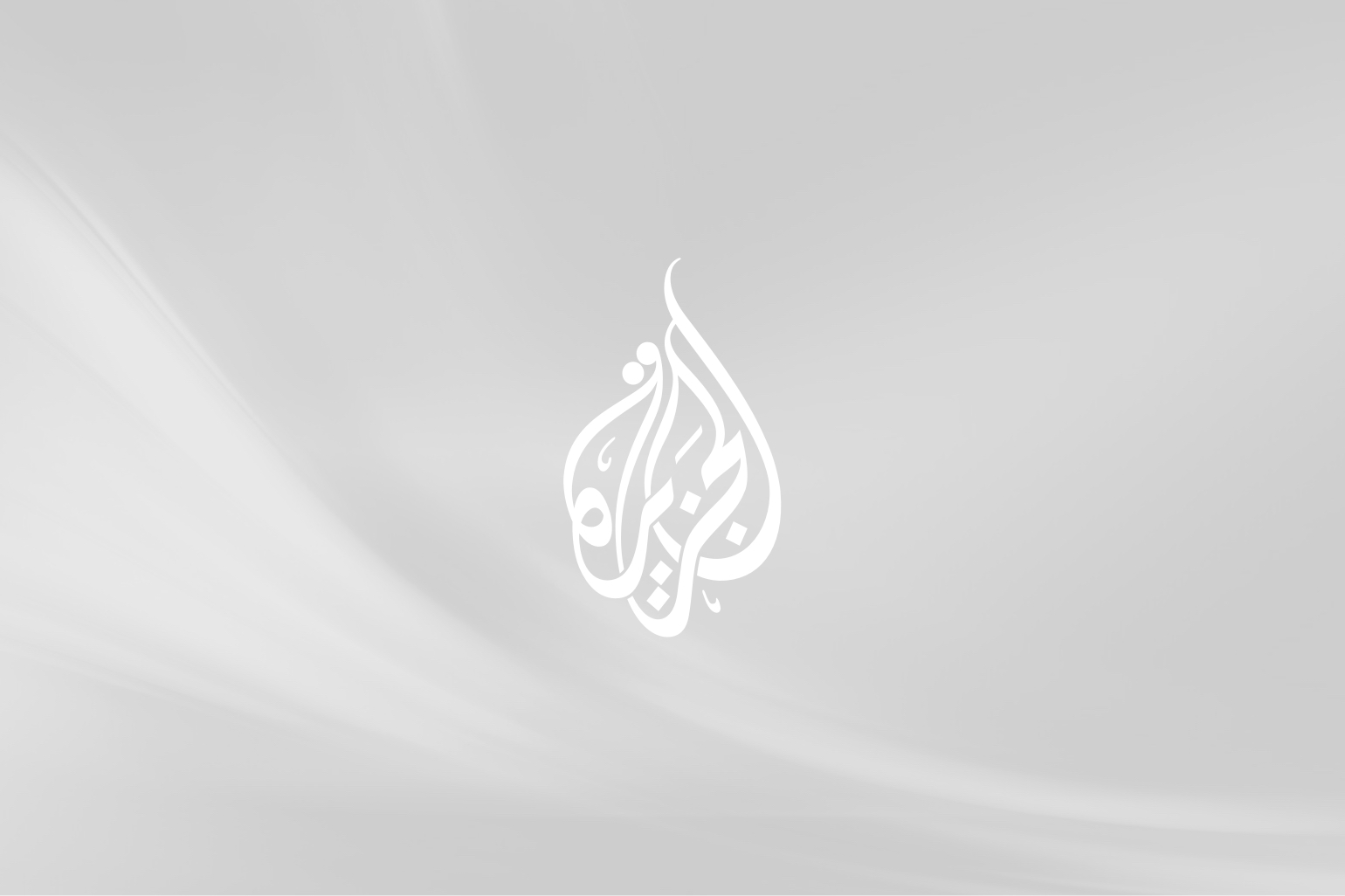 |
Air defences
The Iraqi air defence forces had almost 17,000 people. In the last 12 years it sustained heavy losses because of continued American and British attacks and sanctions imposed on Iraq.
The navy
Iraq’s naval forces were never of significant importance due to the fact that Iraq does not have long shores on the Gulf.
The Republican Guard
The Republican Guard was composed of two armoured, two mechanised and three infantry divisions with almost 80,000 troops.
It was Iraq’s most formidable fighting force, equipped with more than one thousand tanks and sophisticated artillery pieces.
The Special Republican Guard
The Special Republican Guard was made up of 15,000 to 16,000 troops in five brigades. It was formed in 1995 to protect the President and to maintain security in the capital.
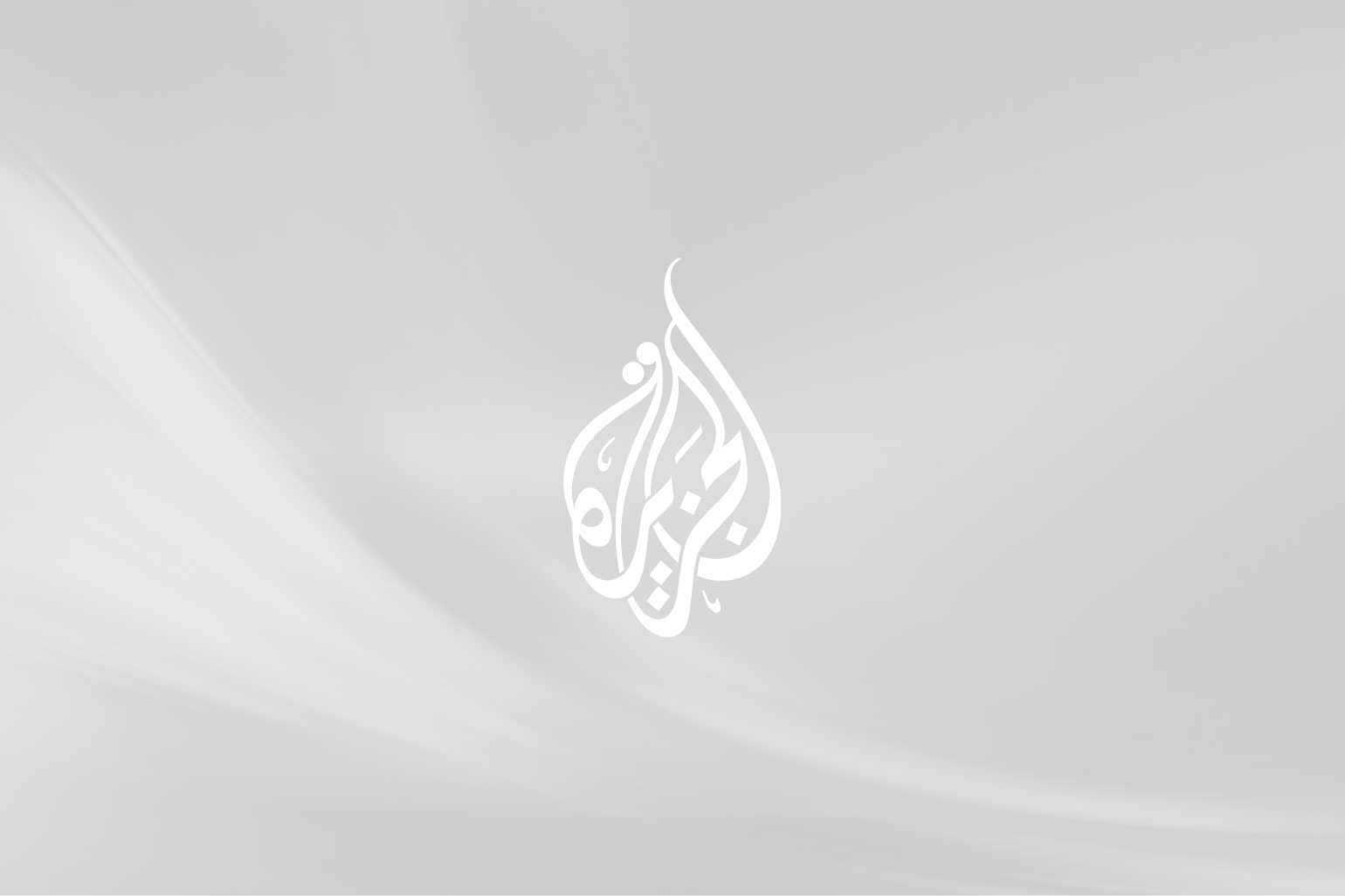 |
Fedayee Saddam
Founded in 1995 this paramilitary force of around 40,000 troops was controlled by Saddam’s eldest son Uday.
Tanks
T-54/55: Soviet-made conventional tanks.
Range: 500km
T-62: A Soviet-made tank.
Range: 450km (650km with auxiliary fuel tanks)
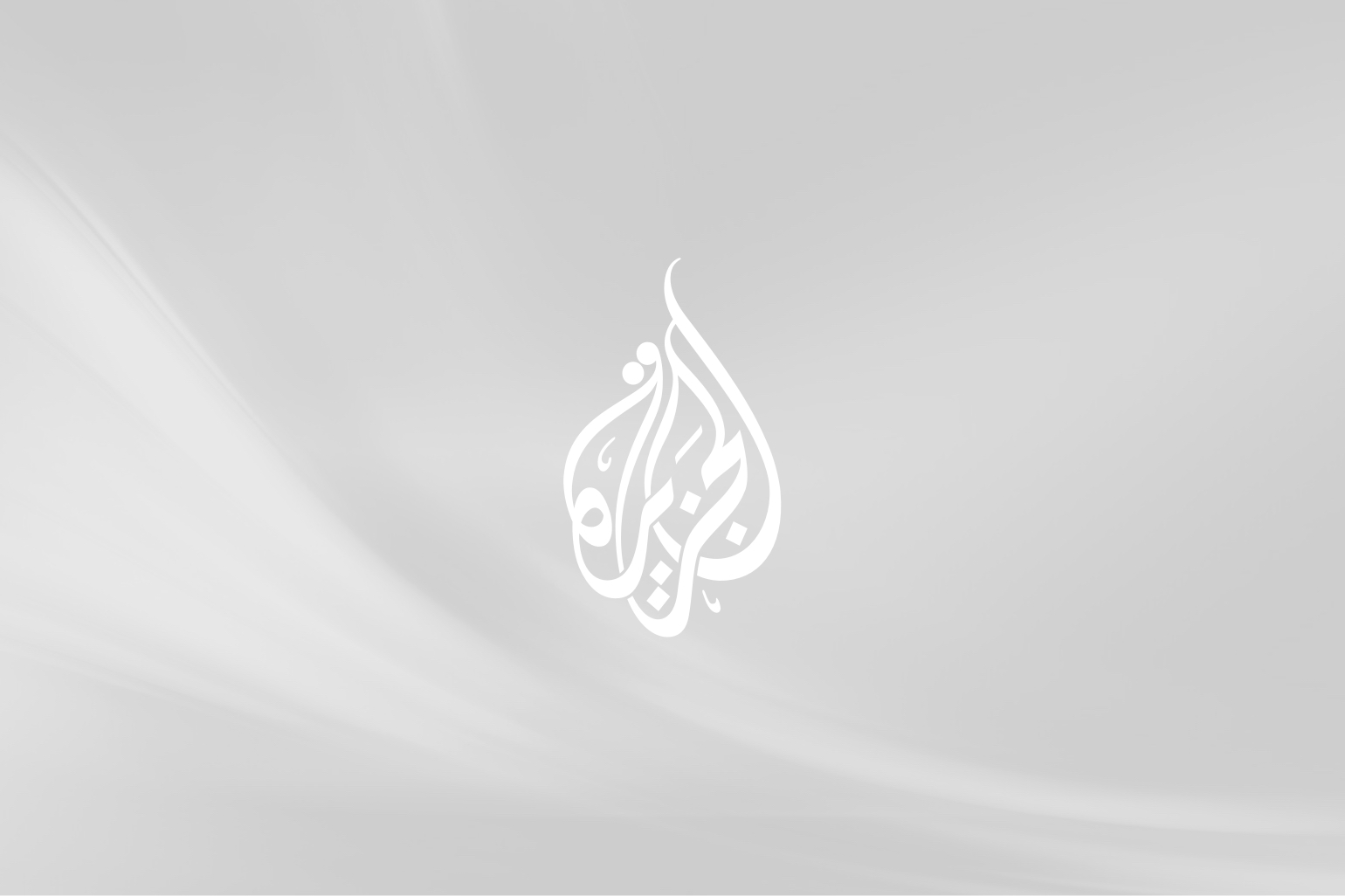 |
T-72: The latest Russian tank in service.
Range: 480km (700km with auxiliary fuel tanks)
T59 and T 69: Chinese versions of the Soviet-made T-54 and T-55 respectively, with minor differences.
Range: 500km (600km with auxiliary fuel tanks)
The Iraqi army had 2200 tanks:
T-72 (700), T-62 (500), T55/54 (500), T69 (350) and T59 (150).
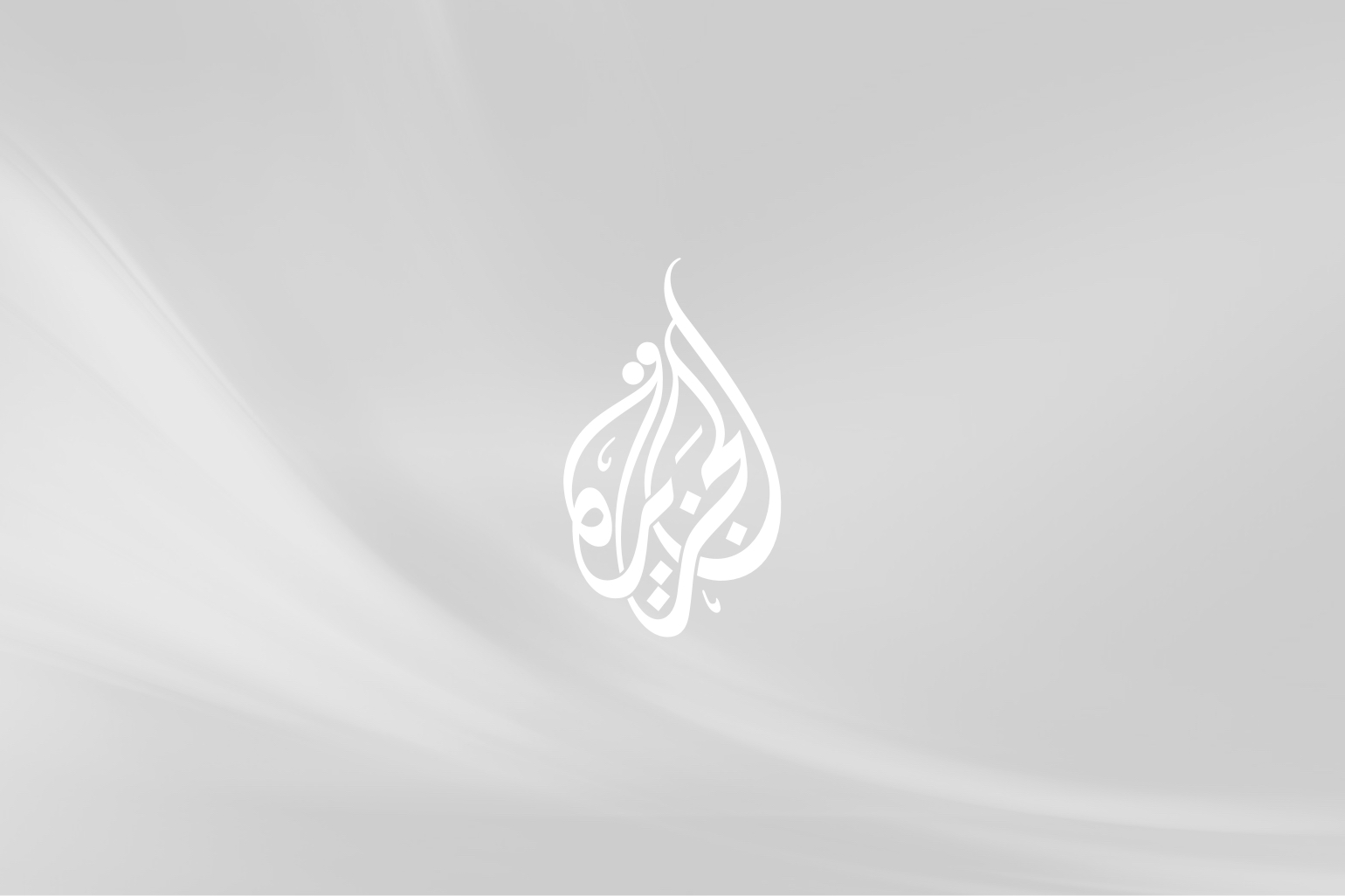 |
Surface-to-Surface missiles
Frog-7: A Soviet-made artillery rocket with a maximum effective range of 70km.
The Scud-B: A Soviet-made ballistic missile with a maximum range of 270km.
Al-Abbas: Iraq’s second Scud modification. Tested in April 1988, Al Abbas had an enhanced range of 900km, putting all of Iran and the Strait of Hormuz within reach.
Al-Hussein: Having a range of 600-650km, the al-Hussein rocket was Iraq’s first modification of Scud missile.
Surface-to-Air missiles
Crotale: is a low altitude missile system developed by the French company Thomson CSF Matra with a range of up to 15km.
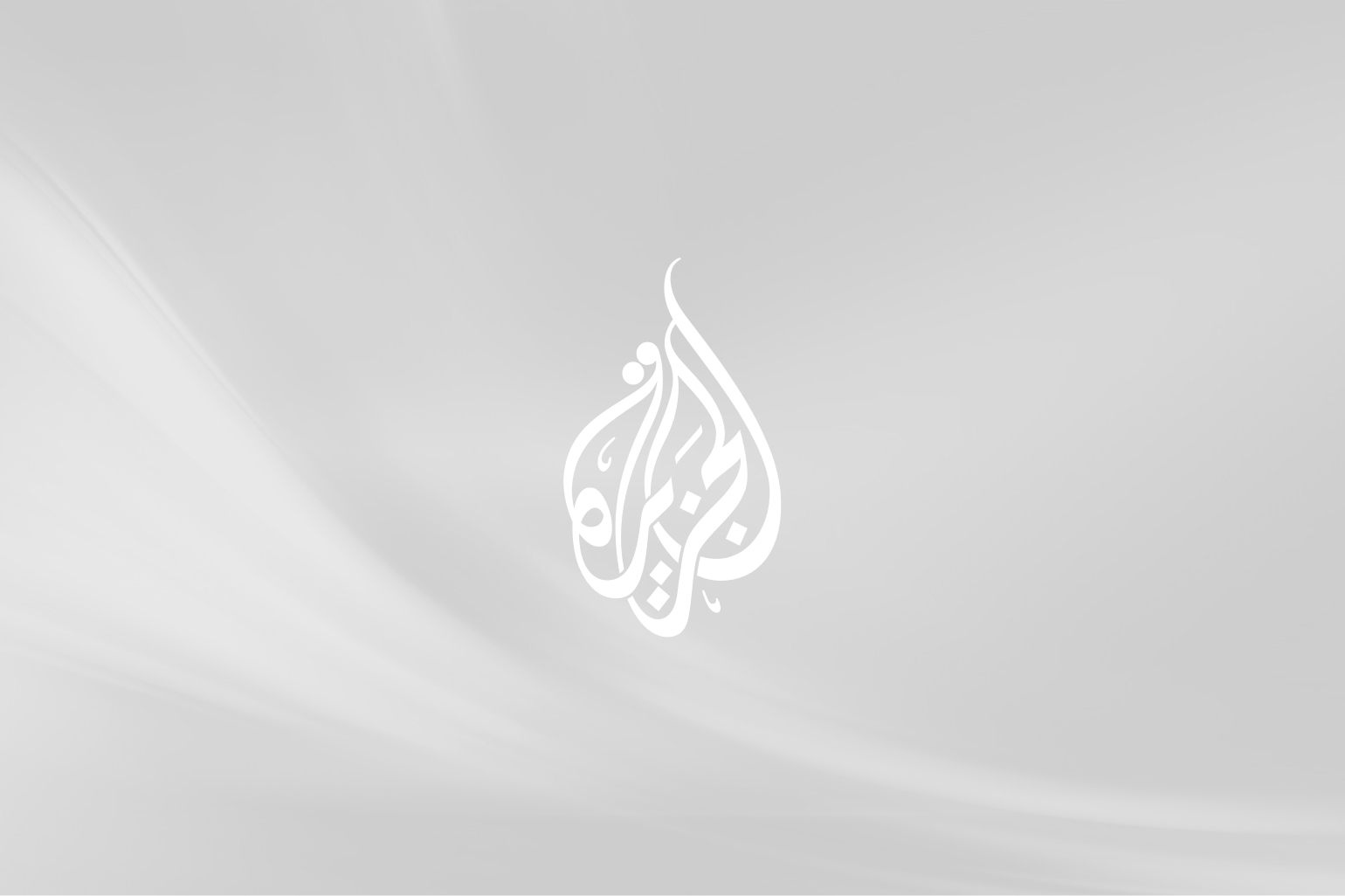 |
The Roland: An air defence missile system produced by the French Euromissile with a maximum range of 25km.
SA-2: A Soviet-made medium-range surface-to air missile with a maximum range of 35km.
SA-3: A Soviet anti-aircraft system with an operational range of 25km designed for destruction of aircraft, cruise missiles, assault helicopters and other air targets at ground, low and medium altitudes.
SA-6: A Soviet-made low-altitude missile with a maximum effective range of 28km.
SA-7: A Soviet-made missile that can reach altitudes of up to 4000m, and can be accurately launched from more than 3km away.
SA-9: A short-range, low-altitude missile with a maximum effective range of 4200m.
Fighters
J-7: A Chinese copy of the Russian MiG-21MF that functions as a ground-attack aircraft, interceptor and trainer.
Mirage F1: A French-made warplane that functions as close air support aircraft, attacker, and fighter.
Su-20/Su-22: A Russian-made destroyer of ground targets and for air reconnaissance.
Sukhoi Su-25: A Russian-made warplane that is used for close air support for ground forces.
Mikoyan-Gurevich MiG-21: Fighter and interceptor.
Mikoyan-Gurevich MiG-23: Fighter-interceptor, with a secondary capability of ground attack.
Mikoyan-Gurevich MiG-25: Long-range interception and reconnaissance aircraft.
Mikoyan-Gurevich MiG-29: Fighter.
Wars
The Iraqi-British war
The Iraqi army engaged in a brief war with Great Britain in 1941, when the British invaded the country, recaptured Baghdad and reinstated the monarchy.
Arab-Israeli wars
The Iraqi army participated in the first Arab-Israeli war in 1948 and took part in the fighting on the Arab side in the 1967 Six-Day War.
The 1973 Ramadan war
Iraqi forces intervened on the Syrian front with an armoured division, other supporting units and over 100 aircraft.
Israel launched an air attack on Iraq’s Osirak nuclear reactor in 1981 and Iraq launched Scud missiles at Israel during the 1991 Gulf War.
The First Gulf war
The Iraq-Iran war broke out on 22 September 1980 when Iraq launched an attack on Iran’s western border, though Iraq says the war started earlier than that: 4 September when Iran carried out some hostile actions across the border and perpetrated other sabotage acts in Baghdad itself.
The war lasted eight years and ended in 1988, leaving up to 1.5 million people dead on both sides.
The second Gulf war
Iraqi troops overran Kuwait on 2 August 1990 and declared it as Iraq’s 19th province.
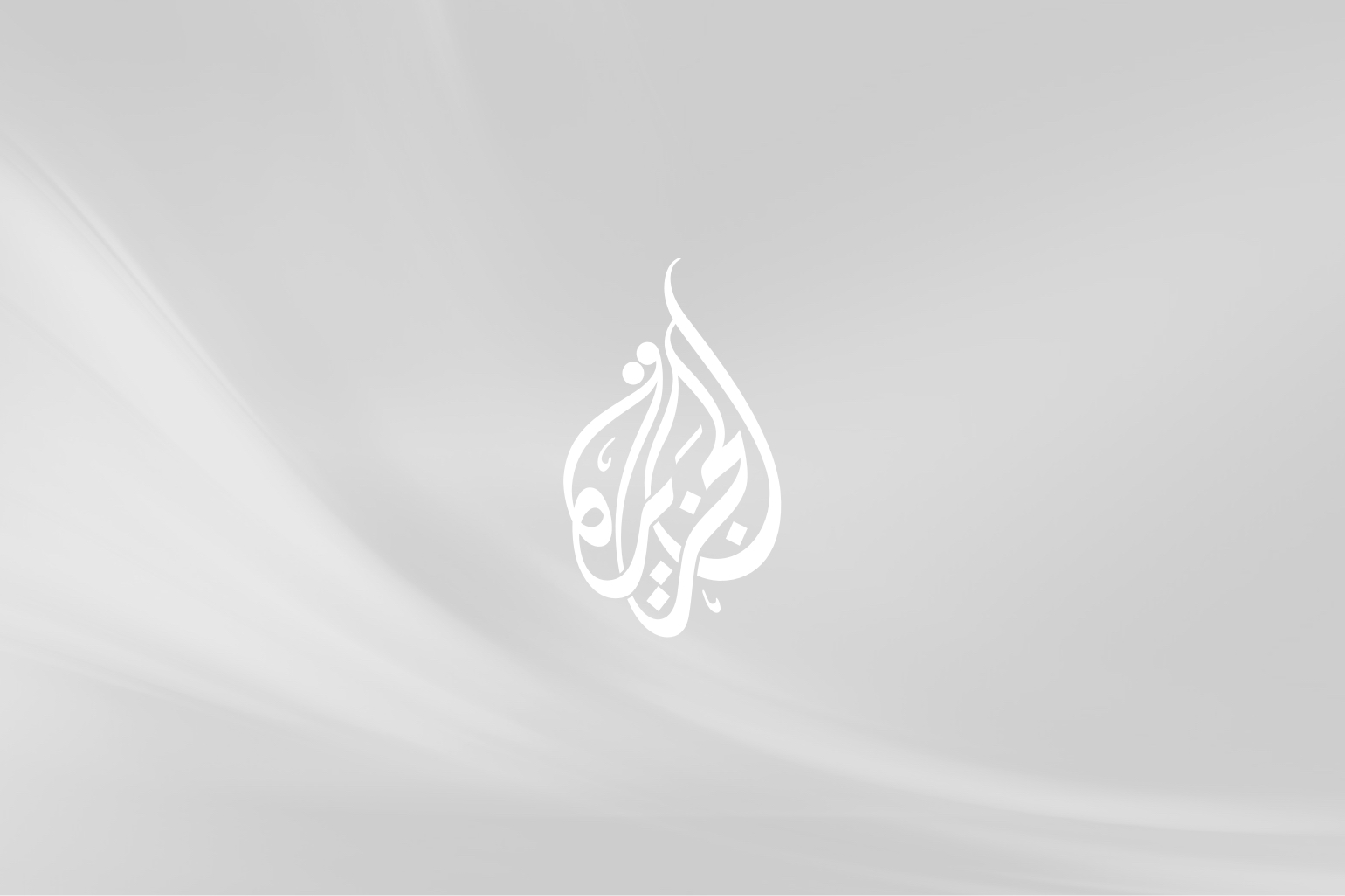 |
In November 1990, the UN Security Council adopted Resolution 678, authorising military action against Iraq and setting the date of 15 January 1991, as a deadline for a peaceful withdrawal of Iraqi troops from Kuwait.
Operation Desert Storm was launched three days later under the command of US General Norman Schwarzkopf after Iraq failed to comply.
The war lasted six weeks and proved disastrous for Iraq as thousands of bombs destroyed roads, bridges, factories, oil industry facilities, government utilities, telecommunication services, water and electricity facilities and residential areas in Iraq. The war also resulted in the death of hundreds of thousands of Iraqi soldiers and civilians.
———————————————————————————
Sources: Wikipedia the free Encyclopedia, global security.org, the world factbook 2002, The International Institute for Strategic Studies (The Military Balance 2001-2002), Military Analysis network, Library of Congress, www.janes.com.
Go back: Special Report